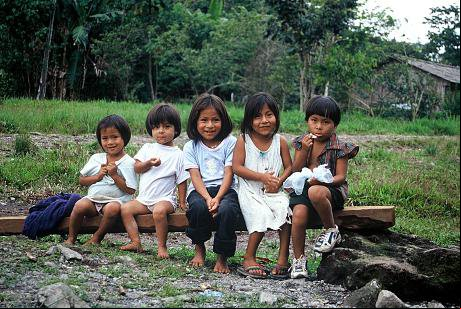Child nutrition and growth: Parental investment and life history theory approaches 2l1h6w

275s2f
In small, kin-based communities, are some children cared for better than others? Further, within families, do parents invest differently in different children, and, if so, why? My research addresses the behavioral and psychological aspects of this question using data from Amazonian populations. Among the Ecuadorian Shuar, for example, colleagues and I use anthropometric measures such as children's height, weight, BMI, skinfold thicknesses, and limb circumferences as indices of parental investment. Our main focus is to determine the factors that for within-village and within-family variation in child growth and development. For instance, do parents "pay a price" for having large families in the form of the reduced growth and development of each child? Do adolescent sisters and brothers contribute positively or negatively to the growth and development of younger siblings? We also investigate postpartum depression among Shuar women and its possible impact on their children.
Field sites ▾ 1r1c4r
Field sites 5s3r72
Associated personnel 376o4b
Related publications y2i3i
| Meehan CL, Lackey KA, Hagen EH, Williams JE, Roulette J, Helfrecht C, McGuire MA, McGuire MK 2018. Social networks, cooperative breeding, and the human milk microbiome. American Journal of Human Biology. | |
| Hagen EH and Barret HC 2009. Cooperative breeding and adolescent siblings: Evidence for the ecological constraints model? Current Anthropology, 50, 727-737. | |
| Hagen EH, Barrett HC and Price ME 2006. Do Human Parents Face a Quantity-Quality Tradeoff?: Evidence From a Shuar Community. American Journal of Physical Anthropology, 130, 405-418. | |
| Hagen EH, Hames RB, Craig NM, Lauer MT and Price ME 2001. Parental investment and child health in a Yanomamo village suffering short-term food stress. Journal of Biosocial Science, 33, 503-528. |
